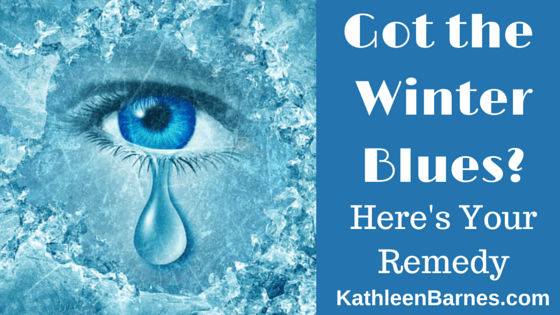Are you feeling a bit down in the dumps? Got the winter blues?
It’s not surprising at this time of the year, especially if you live just about anywhere that has winter.
Here’s a simple explanation why this is happening:
Your vitamin D levels have been depleted.
Just think about it: When did you stop wearing tank tops and bathing suits and shorts? My best guess is that it was no later than October.
We know that the human body needs sunlight to manufacture vitamin D. Vitamin D is found only in small amounts in a few foods, so our major source of vitamin D comes from directly exposing bare skin to sunlight.
What happens when the weather gets cold? It’s a no-brainer: We put on coats and sweaters and cover up our skin. By doing so, we keep from freezing to death, but we also block our natural ability to manufacture vitamin D.
Vitamin D has a huge number of benefits, but most important for those with winter blues, vitamin D eases the depression that comes from lack of sunlight.
This disorder, known as seasonal affective disorder (SAD), causes depression and fatigue as the days grow shorter. People with SAD frequently find complete relief when we naturally get more sun exposure in spring, summer and fall.
It has been estimated that 95% of North Americans suffer from vitamin D deficiency in winter and the problem worsens as we age and our ability to manufacture vitamin D diminishes.
The easy solutions:
- Get a 25 Hydroxy D lab test. It’s a simple blood spot home test that you can order online from several sources for about $50. Any level under 50 ng/ml means you are deficient. Optimal levels are between 50 and 70.
- Take a vitamin D supplement. Look for vitamin D3, the most absorbable. It’s cheap. You need between 1,000 and 5,000 IU daily in winter, less in summer.
- Use a full-spectrum light box (costs more, but it’s very effective).
If you are a dark-skinned person who rarely, if ever, burns, you need even more vitamin D and longer sun exposure when you can.







